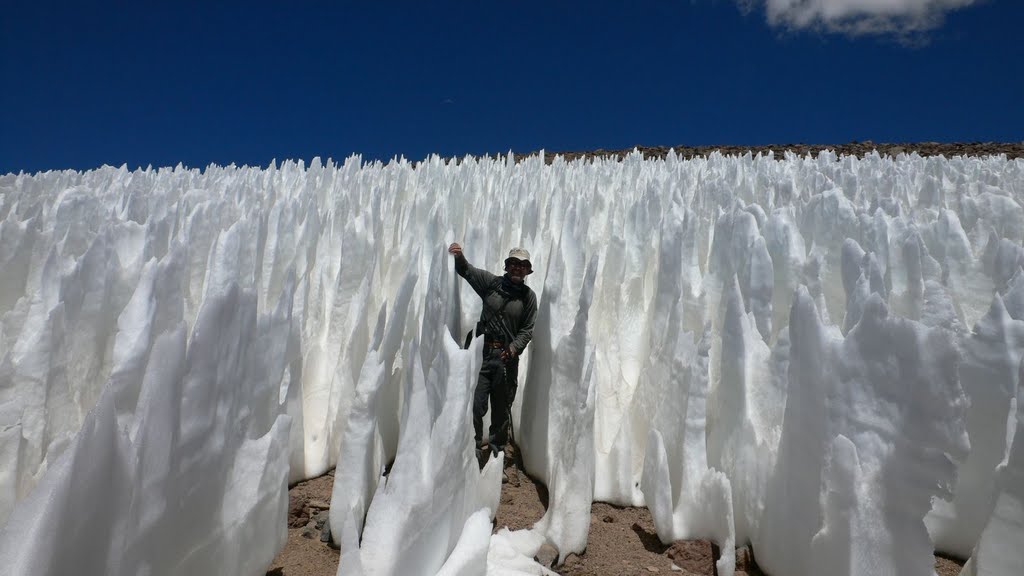If you're planning a trip to Jupiter's moon Europa, be prepared for a rough landing.
In a study released Monday, scientists say they've found evidence of huge, jagged "ice spikes," some 50 feet tall, on the moon's surface. They spikes would "pose a hazard to any future space mission landing on the moon," according to the study.
The spikes could be similar to "penitentes" down here on Earth, like those found in the higher elevations of South America.
"In extreme cold and dry conditions on Earth, such as those encountered in the Andes, the sun's rays can cause parts of the ice and snow to undergo sublimation – becoming water vapor without melting first," the study said. This process leaves behind distinctive, blade-like formations called penitentes.
Continued...
Source
In a study released Monday, scientists say they've found evidence of huge, jagged "ice spikes," some 50 feet tall, on the moon's surface. They spikes would "pose a hazard to any future space mission landing on the moon," according to the study.
The spikes could be similar to "penitentes" down here on Earth, like those found in the higher elevations of South America.
"In extreme cold and dry conditions on Earth, such as those encountered in the Andes, the sun's rays can cause parts of the ice and snow to undergo sublimation – becoming water vapor without melting first," the study said. This process leaves behind distinctive, blade-like formations called penitentes.
Continued...
Source



























